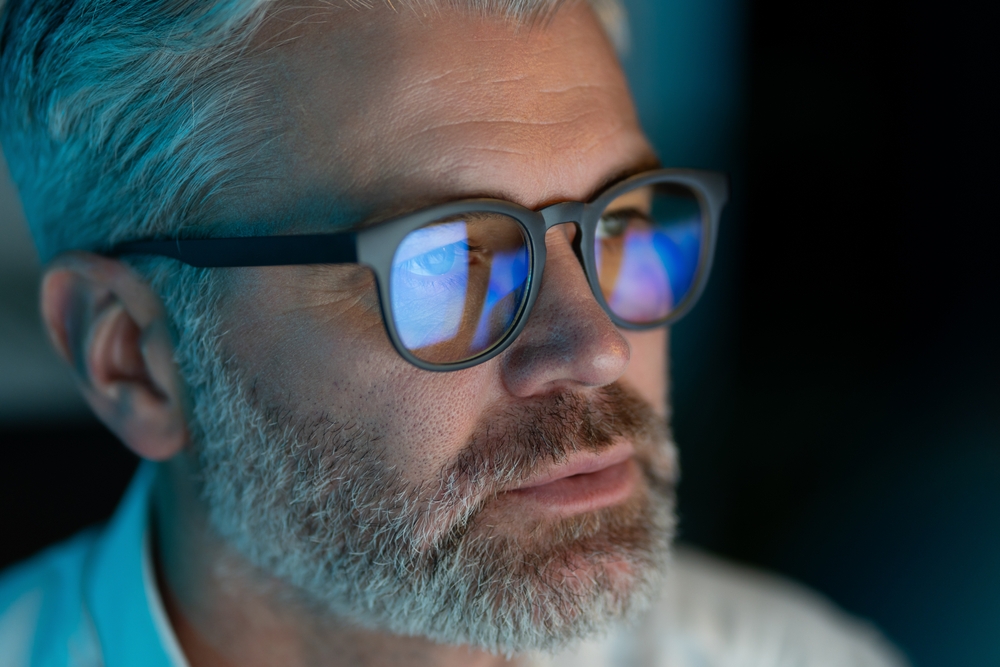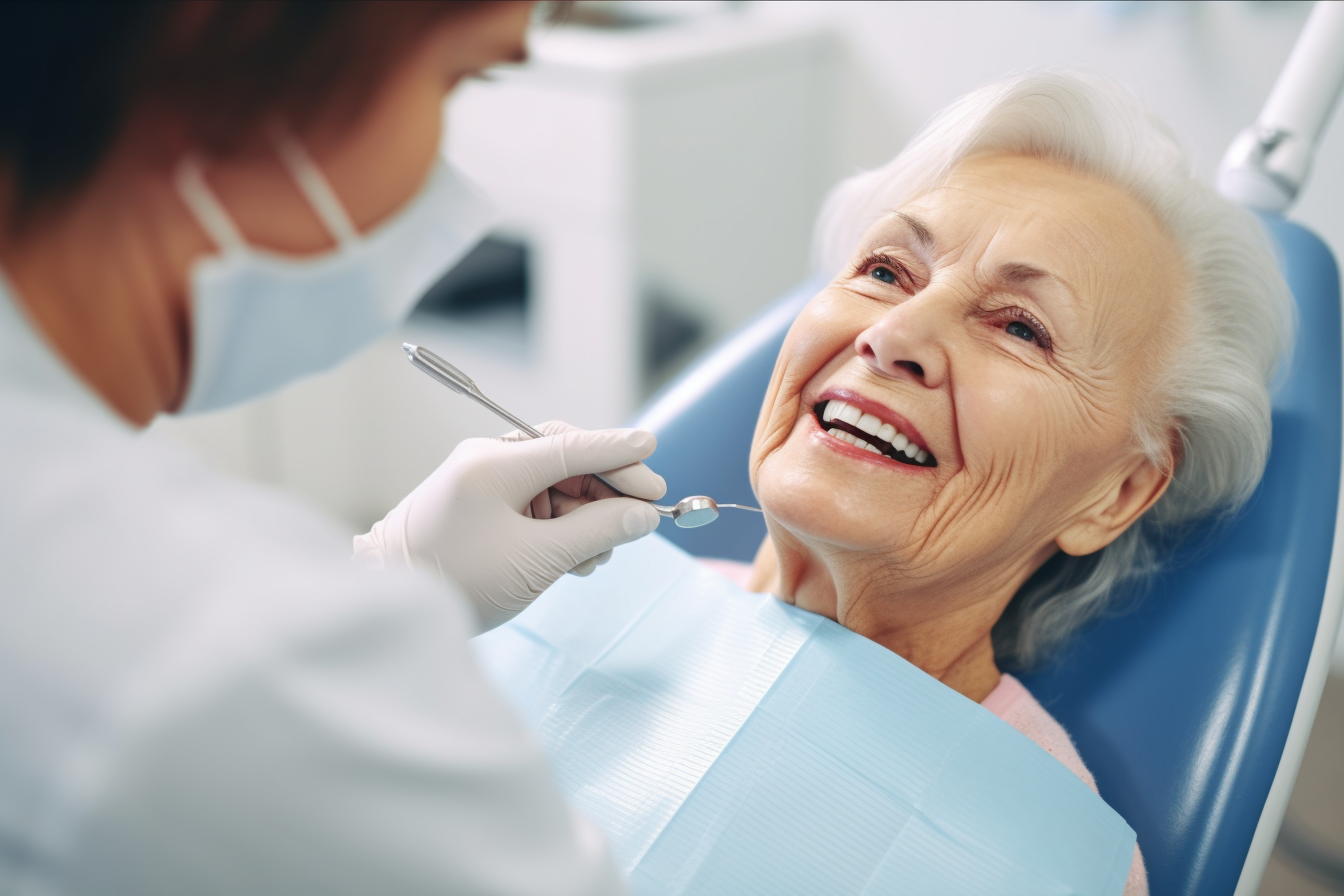Unveiling the Science Behind Blue Light: A Hidden Health Hazard
In an era where digital screens are an integral part of our lives, we are constantly exposed to blue light. From computers and smartphones to LED lights and television screens, we are living in a world illuminated by artificial light. But what does this mean for our health? How does the infiltration of blue light into our daily lives affect our wellness? Let's delve into the science behind blue light and its impact on health.

Unraveling the Mystery of Blue Light
So, what exactly is blue light? It is a type of light with short wavelengths that produce a higher amount of energy. While the sun is the primary source of blue light, digital screens and artificial lighting also emit significant amounts. Historically, our exposure to blue light was limited to sunlight, but the advent of technology has drastically increased our exposure, especially after dark.
Scientific studies suggest that excessive exposure to blue light can have various health implications. This includes potential damage to the eyes, disruption of our sleep-wake cycle, and even an increased risk of certain types of cancer.
The Blue Light Effect: From Eye Strain to Sleep Disruption
One of the most common health issues associated with blue light exposure is digital eye strain or computer vision syndrome. Symptoms include dry eyes, headache, blurred vision, and neck and shoulder pain. A report in the American Journal of Ophthalmology highlights the potential damage to the retina caused by blue light, leading to age-related macular degeneration.
Another major concern is the impact of blue light on our sleep patterns. Blue light inhibits the production of melatonin, the hormone that regulates our sleep-wake cycle. A study in the Journal of Applied Physiology found that exposure to blue light before bedtime can significantly reduce the quality and duration of sleep.
Blue Light and Cancer: Unveiling the Connection
Recent research has also suggested a link between blue light exposure and an increased risk of certain cancers. A study published in the International Journal of Cancer discovered a significant association between high levels of artificial light at night and breast cancer.
Debunking Misconceptions: Not All Blue Light is Bad
While the risks associated with blue light are real, it’s crucial to remember that not all blue light is bad. Natural blue light from the sun is essential for our body’s internal biological clock or circadian rhythm. It also boosts alertness, memory, and mood. The problem arises when our exposure extends beyond daylight hours due to artificial sources.
Busting Blue Light: Practical Health Strategies
- Limit Screen Time: If possible, try to limit the amount of time spent in front of screens each day.
- Use Blue Light Filters: Many devices offer settings to reduce blue light emissions.
- Wear Blue Light Blocking Glasses: These glasses can help filter out blue light, reducing eye strain and potential damage.
- Practice Good Sleep Hygiene: Avoid screens for at least an hour before bedtime to allow your body to produce melatonin naturally.
In conclusion, while blue light is a pervasive part of our modern lives, by understanding its impact and taking proactive steps, we can mitigate its potential health risks. It’s all about balance. Ensuring we receive the benefits of natural blue light during the day, while minimizing our exposure to artificial sources after dark, is key to protecting our health in the digital age.




